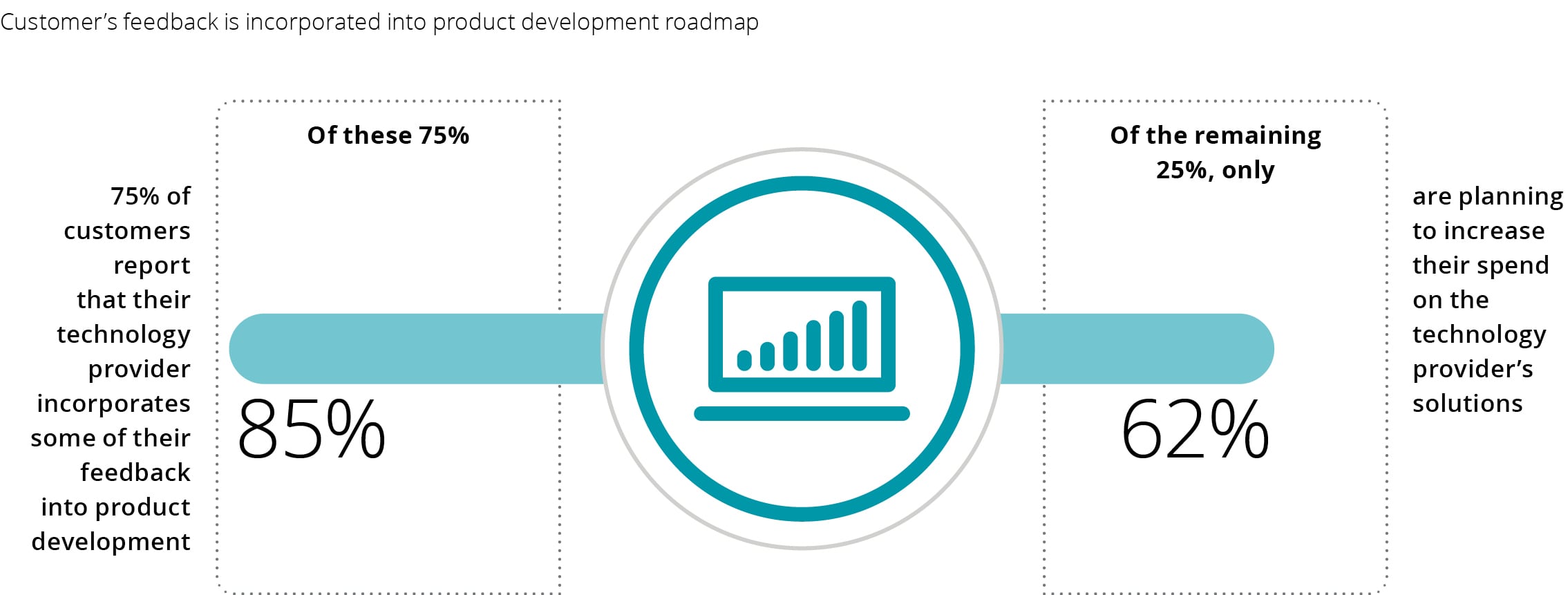Enterprise customer success study and outlook: What do customers value? has been saved

Close
WEBCAST REPLAY

Explore key findings from our customer success study
With Deloitte and Google customer success leaders

Close
EMAIL SIGN UP

Be notified of new research and insights from Deloitte about customer success
Please subscribe to our email list











